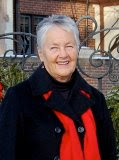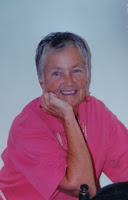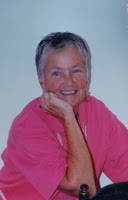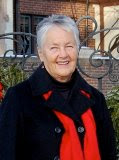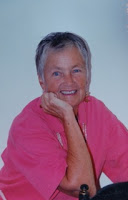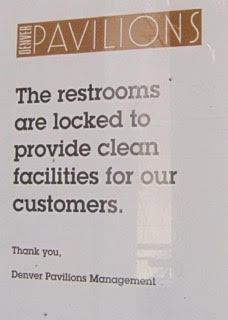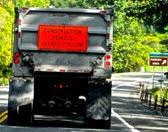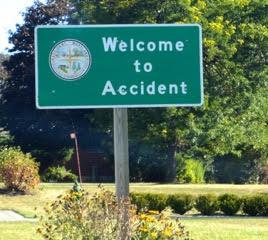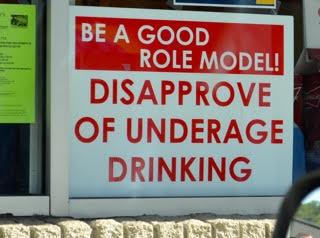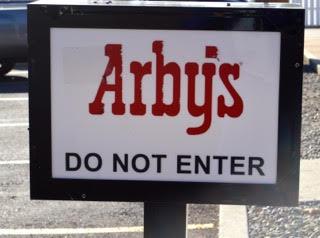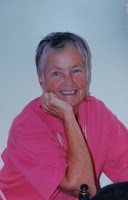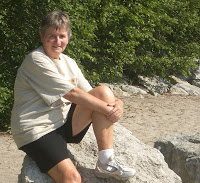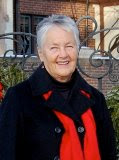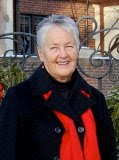I love my family and am proud of my heritage. However, the truth is that I come from a long line of unhandy men and women. I have no recollection of my grandfather, my father, my brother, my husband, my son, uncle, any male cousins, and likewise no females in my family ever fixing anything. They could handle a bad situation and maybe make it better, but never was there a soul in my family who could physically fix an object that was physically broken. They could fix things that were in their realm of expertise such as a human body in the case of my doctor husband and son. My husband and son are MD’s, my father was a businessman and expert in forestry, my grandfather was a businessman. One grandfather, my father’s father, possibly was a man who could be handy around the house. He was an engineer. The problem was that he was always off in some other part of the world building tunnels and bridges, never around the house.
Isn’t there always supposed to be a man around the house who can fix the plumbing, the squeaky door, the stuck window, the lawn mower that doesn’t start, the car that doesn’t start.
It was late in life that I decided maybe I could take on the role of Ms. fix-it. After all, if I failed, I could just say it’s in the DNA. At least I tried. But it turns out that I have been able to fix quite a few things. The key is in having the right tools and knowing what tools should be used for a particular job. I have lots of tools out in my garage—screw drivers, hammer, power drill, chisels, pliers, cutting devices of all sorts, etc. but these are only a percentage of the total number of household tools that actually exist.
One way I have learned something about fixing things is to find a hardware store where they actually give service other than taking your money. Once in the store to ensure the successful completion of a do-it-yourself repair be sure you can describe the problem to the hardware clerk, have the right measurements and sizes, or take the fixture or whatever with you. Find someone knowledgeable who can tell you what tools and parts are needed and how to do it. Often these guys are retired plumbers, carpenters, handymen or such and they are only too happy to demonstrate their knowledge and skill.
When I retired I took up cycling. I soon found myself training for a cross country trip. I learned very quickly at that time that it is a must to be able to fix whatever, change a flat tire, or put a chain back on track, or apply oil when needed, make adjustments when problems arise and you are in a remote place like the middle of the Mojave Desert.
The truth is I really enjoy fixing things. I feel quite creative when I succeed. Many years ago I took up furniture refinishing. I found it a very satisfying activity. Buying old furniture and putting it back together I find to be much more satisfying than assembling a new piece of furniture—the kind you buy on line and have delivered to your door by Fed-ex. Once you open the box (and you do need a special tool for that) you look at the myriad of parts, screw, fixtures that hold them together, scratch your head and decide you will be forced to look at the instructions.
A year ago or so driving by a house in our area we saw an old table at the curb not able to stand on its own, parts lying on the ground, covered in some awful kind of old black varnish and what looked like brown paint. A Tattered hand drawn sign hung crookedly saying “free, take me home. I once was beautiful.” It looked like it could be just the table we needed for our entry way. But it was in terrible condition. I said to Gill, “I can glue that table back together, refinish it, and we’ll love it!” I knew I could glue it because I had the right clamps left over from the old days. The clamps, unused, had moved with me many times over the years. I could now justify holding on to them for 2 decades. We did gather up the table and I did glue it together and refinish it and it is beautiful again—and useful. Very satisfying indeed!
I recently fixed some non-working, ancient door handles when I visited my daughter in Atlanta.
She and her partner had been keeping one door closed with duct tape for weeks—knowing I would be coming there for a visit soon. “Mom can fix it.”
Perhaps the women should have been the fix-it handy persons I could have emulated—but didn’t— as I was growing up. I say could have because the women of past generations did not engage in such activities. Maybe in the kitchen, but certainly not in the shop or the garage. Women were not supposed to get their hands dirty—not even in the garden. In addition to that women were not considered to be sufficiently strong or adept at such things as hammering, drilling, screwing, or working out mechanical puzzles.
Fortunately gender roles have become more relaxed since the late 20th century. My own ex husband was not at all rigid about gender roles. He thought nothing of cooking dinner while I chopped the wood for the fire. I know he was an exception. But why not share roles especially if you enjoy it and are good at it.
I’m not sure how young hetero couples are these days when dealing with gender roles. For those secure in their sexuality, probably they are relaxed and comfortable with sharing.
As for us couples in the gay and lesbian community, most of us probably more naturally fall into the roles we want and play the best. Or we do whatever is most expedient on a given day.
As for the DNA and any genetic disposition toward being handy in my family I can only conclude this is not a dominant gene. My daughters always have things they want me to fix when I visit. They always ask politely and know just the things I like to do and the limits of my ability. Also in their favor when they ask, they always add, “That is ONLY if you want to, Mom.” But they know I’m a sucker for it.
© 30 June 2015
About the Author
Betsy has been active in the GLBT community including PFLAG, the Denver women’s chorus, OLOC (Old Lesbians Organizing for Change). She has been retired from the Human Services field for about 15 years. Since her retirement, her major activities include tennis, camping, traveling, teaching skiing as a volunteer instructor with National Sports Center for the Disabled, and learning. Betsy came out as a lesbian after 25 years of marriage. She has a close relationship with her three children and enjoys spending time with her four grandchildren. Betsy says her greatest and most meaningful enjoyment comes from sharing her life with her partner of 25 years, Gillian Edwards.
